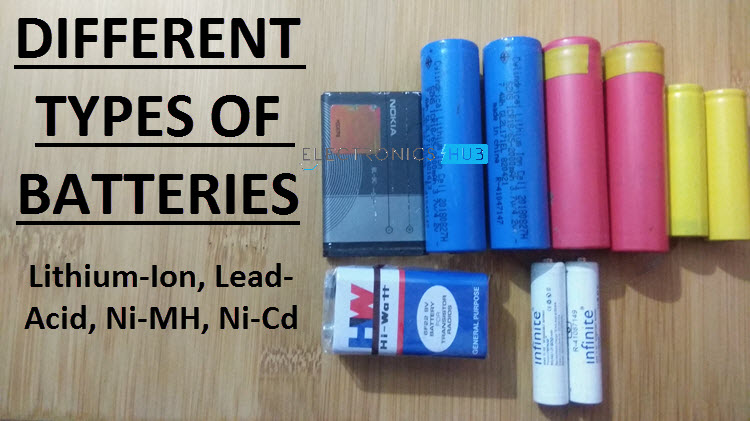Categories of Battery

Batteries can be categorized based on various factors, including their chemistry, applications, and design. Here are some common categories of batteries:
-
Primary Batteries:
- Also known as disposable batteries, primary batteries are designed for one-time use. Once their chemical reactions are exhausted, they cannot be recharged. Common examples include alkaline batteries, zinc-carbon batteries, and lithium primary batteries.
-
Secondary Batteries:
- Secondary batteries, or rechargeable batteries, can be recharged and reused multiple times. They undergo reversible chemical reactions during charge and discharge cycles. Examples include lithium-ion batteries, nickel-metal hydride (NiMH) batteries, and lead-acid batteries.
-
Alkaline Batteries:
- Alkaline batteries are a type of primary battery that uses manganese dioxide as the cathode and zinc as the anode, with an alkaline electrolyte. They are commonly used in household devices.
-
Lithium Batteries:
- Lithium batteries encompass various chemistries, including lithium primary batteries (non-rechargeable) and lithium-ion batteries (rechargeable). Lithium-ion batteries are widely used in portable electronics and electric vehicles.
-
Nickel-Cadmium (NiCd) Batteries:
- Nickel-cadmium batteries are rechargeable and use nickel oxide hydroxide as the cathode and cadmium as the anode. They have been largely replaced by newer technologies due to environmental concerns related to cadmium.
-
Nickel-Metal Hydride (NiMH) Batteries:
- NiMH batteries are rechargeable and use a nickel oxyhydroxide cathode and a hydrogen-absorbing alloy anode. They are commonly used in devices like digital cameras and cordless phones.
-
Lead-Acid Batteries:
- Lead-acid batteries are rechargeable and widely used in automotive applications. They have a lead dioxide cathode, a sponge lead anode, and a sulfuric acid electrolyte.
-
Zinc-Air Batteries:
- Zinc-air batteries use zinc as the anode, oxygen from the air as the cathode, and an alkaline electrolyte. They are often used in hearing aids and some electric vehicles.
-
Lithium Polymer Batteries:
- Lithium polymer batteries are a type of lithium-ion battery with a polymer electrolyte. They are commonly used in slim and lightweight devices like smartphones and tablets.
-
Thin-Film Batteries:
- Thin-film batteries are characterized by their thin and flexible design. They find applications in small devices, smart cards, and some medical devices.
-
Solid-State Batteries:
- Solid-state batteries use solid electrolytes instead of liquid or gel electrolytes. They are under development to improve safety, energy density, and cycle life.
-
Flow Batteries:
- Flow batteries store energy in liquid electrolytes stored in external tanks. They are being explored for large-scale energy storage applications.
These categories highlight the diversity of battery technologies, each with its own set of advantages, disadvantages, and specific applications. Advances in battery technology continue to drive innovation in energy storage solutions.
Thank you.
